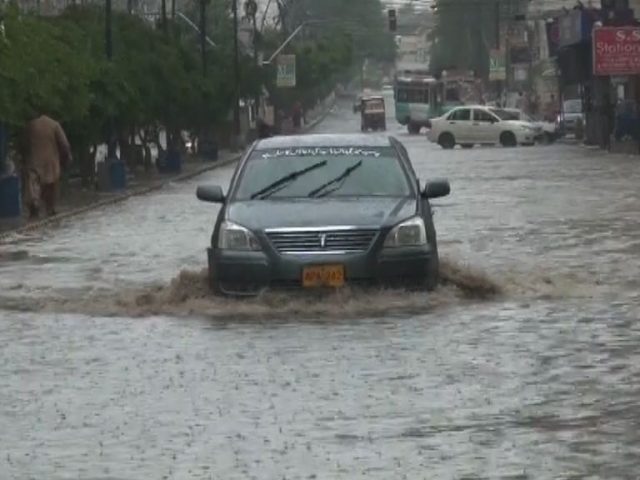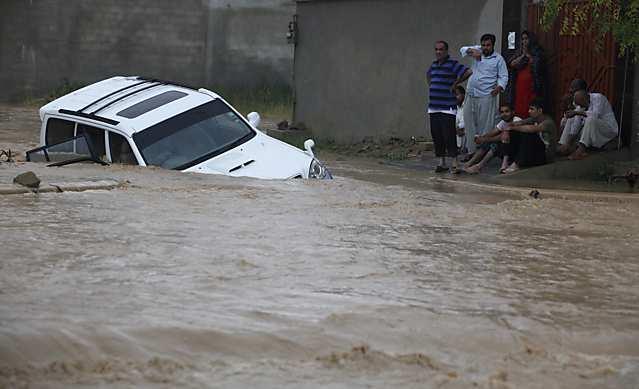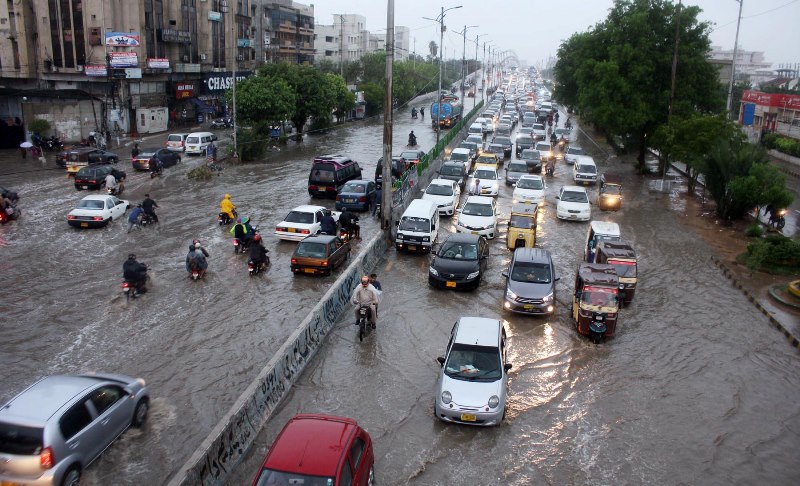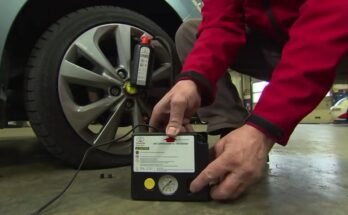Rainy season brings its own set of problem for people living in urban areas of Pakistan, the major being the flooded roads due to heavy downpour. Motorists encounter standing water on the roads and potentially dangerous floods, which are not only unsafe for people but are damaging for the automobiles as well.
If you encounter rain floods on your journey, it’s important to approach them safely. Just remember that turning around and finding a different route (if available) is always a better option than being stranded in the middle of the flood. However driving in such chaotic weather conditions, if you really have to, can be very tricky.
Related: Getting Your Car Ready for Monsoon
Modern cars are quite capable in extreme weather, but remember they remain vulnerable to water in particular. Both the electrical system and the engine are prone to water damage.
What to do if you encounter a rain flood?
Always remember, a precaution is better than cure. The best advice is ‘avoid’. If you can find a solution that doesn’t involve driving through floodwater, you minimize the risk to both you and your car. It’s almost always worth turning around and finding another route if a road ahead is flooded. You will regret ruining your car for the sake of a few minutes.
For most modern cars, it’s not recommended to drive into water that’s moving or more than 5 inches deep. A normal 175/75 R13 tire is approximately 22 inches tall, now do your math. As a precaution avoid water that touches the underbody of your car. Drive slowly and steadily so you don’t make a bow wave or splash water around.
If driving a manual car prefer driving in 1st or 2nd gear only. Keep the engine revs up by slipping the clutch (keeping it slightly pressed) if necessary, to avoid water entering the exhaust pipe. Also avoid the temptation to make a quick exit, as going at speed can push water into the engine.
Related: The Importance of Windshield Wipers
Be aware where or how low are the air intakes placed on your car. In most cars the engine’s air intake is located low down at the front. Remember only a cup of water is enough to damage the engine if sucked in. If the air intake sucks in water, the car could immediately stall. If this happens, do not attempt to restart the car as that will worsen the situation. The engine would later have to be taken care of.
Once you get out of the watery floods, test your brakes as soon as you can. Drive slowly and gently apply brakes to let water out and check if they are working fine. You may also hear the brakes squeal and make unwanted sounds for a while but as long as the pedal doesn’t feel soft and spongy it’s alright.
What to watch out for?
- Watch out for those puddles, never underestimate them. Be aware that water hides slumps and potholes in the road. Worse still, there may be no road at all under the water. Flooding can wash away the entire road surface and a significant amount of ground beneath.
- If you see a road water logged ahead, try to drive where the water will be the shallowest. It’s always risky to try and overtake the other car through deeper water, instead be patient and follow the car ahead.
- Always keep safe distance from the car ahead of you, so in case the car in front of you stalls, you can maneuver your way out.
- Water deeper than 2 feet is capable of sweeping away most cars. Never attempt to drive through fast-moving water.
- Another thing to watch out for is the lunatics coming from the other way. You might be observing all the best advice, but big 4x4s or trucks racing though in the opposite direction can create such bow waves they flood your car.
What to avoid?
First thing is to avoid unnecessary driving. It’s always better not to test your vehicle under these adverse circumstances. Drive only when it is absolutely necessary.
Avoid going too fast into even shallow puddles as that can lead to aquaplaning, where the front tires will no longer steer the car and you lose control. If you feel it happening, hold the steering lightly and lift off your foot from the accelerator pedal to slow down gently until your tires grip again.
Related: What Goes Wrong with Your Car and When?
If the worst happens and your car stops, leave the bonnet closed to avoid any further water ingress. Rain-soaked electrical and other components can make it harder to start the engine.
Avoid abrupt braking on wet roads as it may let your vehicle go out of your control leading to fatalities. Drive slowly and steadily so you can easily reduce speed whenever needed without hard braking.

A computer animation professional with over 23 years of industry experience having served in leading organizations, TV channels & production facilities in Pakistan. An avid car enthusiast and petrolhead with an affection to deliver quality content to help shape opinions. Formerly written for PakWheels as well as major publications including Dawn. Founder of CarSpiritPK.com







